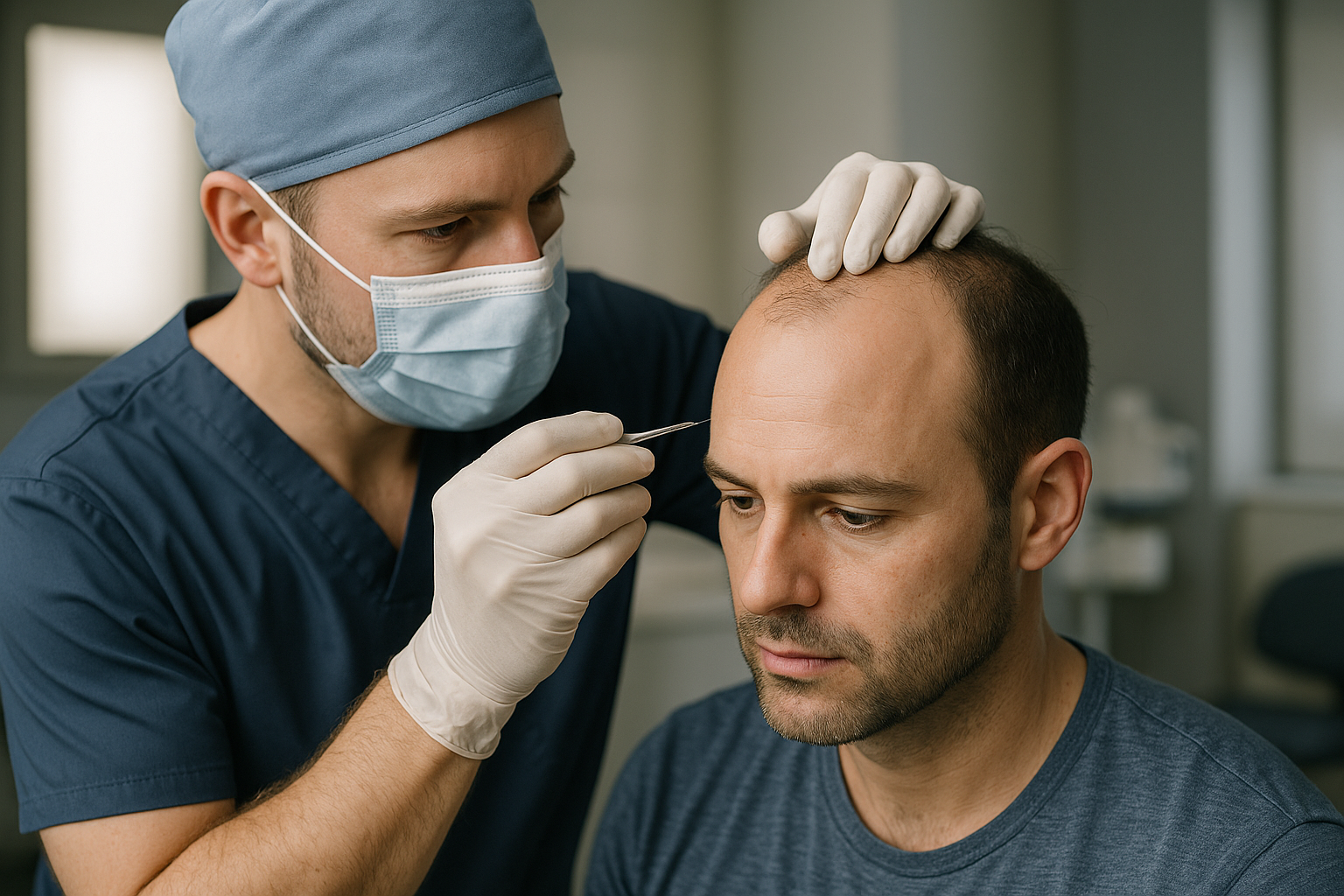Understanding the Benefits of Hair Transplantation
Hair loss affects millions of people worldwide, causing significant psychological and emotional distress. Hair transplantation has emerged as one of the most effective long-term solutions for restoring natural-looking hair growth. This modern medical procedure offers permanent results by relocating healthy hair follicles from donor areas to regions experiencing thinning or baldness, providing renewed confidence and a youthful appearance.

Finding the Hair Transplant Industry in Your Area
The hair restoration industry has experienced remarkable growth, with numerous qualified clinics operating throughout the UK. When searching for local hair transplant services, it’s essential to research certified practitioners who specialize in advanced techniques like Follicular Unit Extraction (FUE) and Follicular Unit Transplantation (FUT). Leading clinics typically offer comprehensive consultations, allowing patients to discuss their specific needs and expectations. Many established practices provide detailed information about their surgical teams, equipment, and success rates, making it easier to make informed decisions about treatment options.
Hair Transplant Before and After Results
Visual evidence of successful hair transplantation demonstrates the procedure’s effectiveness in restoring natural hair growth patterns. Before treatment, patients often experience receding hairlines, crown thinning, or complete baldness in specific areas. After the procedure, transplanted follicles begin producing new hair within three to six months, with full results visible after 12-18 months. The transformation typically shows increased hair density, improved hairline definition, and restored coverage in previously bald areas. Reputable clinics maintain extensive photo galleries showcasing real patient outcomes, helping prospective patients understand realistic expectations for their specific hair loss patterns.
Hair Transplant Cost in the UK
Understanding the financial investment required for hair transplantation helps patients plan appropriately for this life-changing procedure. Several factors influence pricing, including the extent of hair loss, chosen technique, clinic reputation, and geographic location. Urban centers typically command higher prices due to increased operational costs and demand for services.
| Procedure Type | Price Range | Sessions Required |
|---|---|---|
| FUE (Small Area) | £3,000 - £5,000 | 1-2 sessions |
| FUE (Large Area) | £5,000 - £12,000 | 2-3 sessions |
| FUT Strip Method | £2,500 - £8,000 | 1-2 sessions |
| Beard/Eyebrow Transplant | £2,000 - £4,000 | 1 session |
Prices, rates, or cost estimates mentioned in this article are based on the latest available information but may change over time. Independent research is advised before making financial decisions.
Hair Transplant Financial Planning Details
Investing in hair transplantation requires careful financial consideration, as most procedures are not covered by insurance policies. Many clinics offer flexible payment plans, allowing patients to spread costs over several months or years. Some practices provide financing options through third-party medical loan companies, making treatments accessible to a broader range of candidates. Additionally, patients should budget for potential follow-up procedures, medications, and aftercare products that support optimal healing and results. When comparing costs, it’s important to evaluate the total package value, including surgeon expertise, facility quality, post-operative care, and guaranteed results rather than focusing solely on the lowest price.
Hair Transplant Assessment Process
Comprehensive evaluation is crucial for determining candidacy and developing effective treatment plans. During initial consultations, specialists assess hair loss patterns, donor area quality, scalp condition, and overall health status. Advanced diagnostic tools, including microscopic hair analysis and scalp mapping, help surgeons calculate the number of grafts needed and predict realistic outcomes. Blood tests may be required to rule out underlying medical conditions that could affect healing or results. The assessment process also involves discussing patient expectations, lifestyle factors, and long-term hair loss progression to ensure optimal treatment timing and approach.
Hair transplantation represents a significant advancement in addressing hair loss concerns, offering permanent solutions that restore both appearance and confidence. The procedure’s success depends on careful planning, skilled execution, and realistic expectations. With proper research and consultation with qualified professionals, patients can achieve natural-looking results that enhance their quality of life for years to come.
This article is for informational purposes only and should not be considered medical advice. Please consult a qualified healthcare professional for personalized guidance and treatment.




